Potensic Atom review: An ultralight drone ready to pick a serious fight!
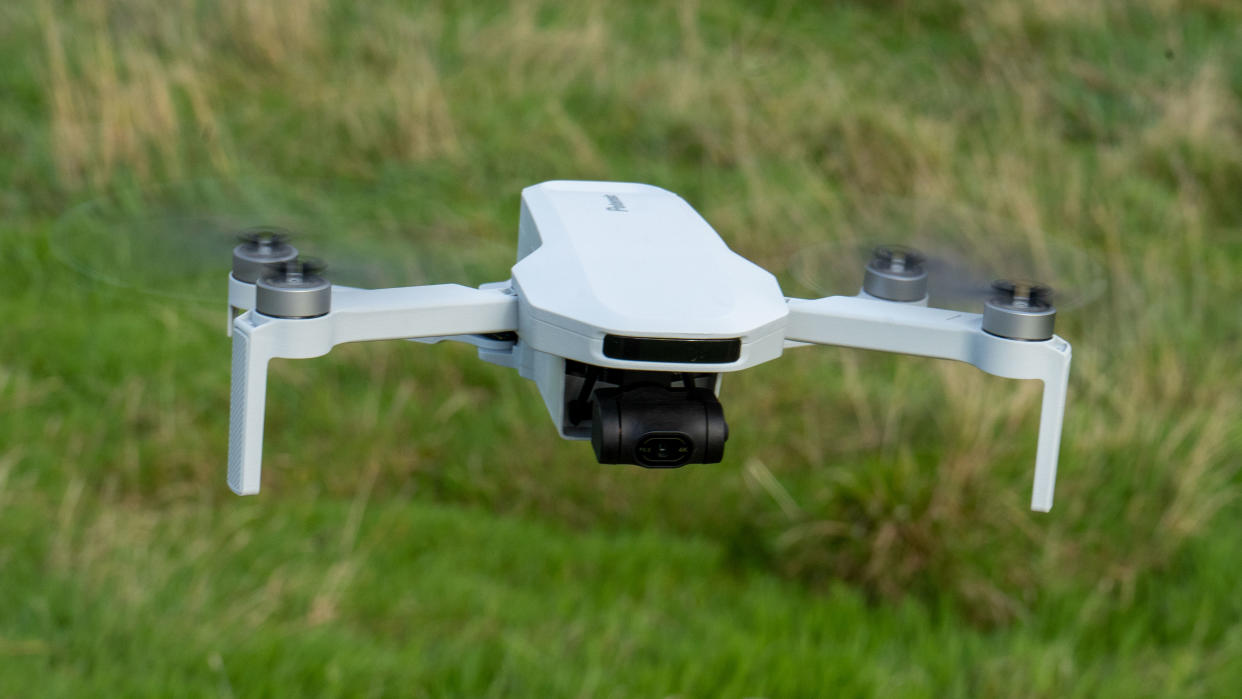
Since legislators said that drones under 250g (just over half a pound) were the threshold for a lot of registration requirements around the world, there has been enormous competition to deliver good quality consumer-friendly drones under that weight.
Potensic Atom SE Specs
Video: 4K 30fps
Stills: 12 Megapixel
Sensor resolution: 12MP (Sony)
Field of view: 78˚
Camera tilt: -90˚ to +20˚
Flight Time: stated 32min
Range: 6km (3.7 miles)
Weight: 249g
Dimensions: 300 x 242 x 58mm (unfolded)
Until recently that space has belonged, more or less, to DJI and Autel because they were the only companies who took it seriously and created working 3-axis gimbals – motorized stabilization devices that keep the camera steady while the drone's frame twists and turns with the wind.
There were also a lot of "toy" copters well under this weight, but even those which made serious camera claims on the box tended to have simple padding and, at best, electronic image stabilization. There are a lot of drones that meet this kind of criteria from different firms, but price has seemed their driving goal, rather than quality.
Then, a few months ago, things changed. The Potensic Atom SE came along. Potensic has offered plenty of what we might call 'toy' drones in the past, but this folding copter seemed to share a lot in common with the market leader, the DJI Mini 2 SE. Plus it had a 4K camera, beating DJI's 2.7K at the entry level. The only thing the Atom SE lacked was that 3-axis gimbal. But the 'SE' told us everything; we already knew that – soon enough – there would be a version without that suffix, and here it is.
Not only does it bring a real gimbal, but the Atom (no SE) has improved radio range, slightly better battery, and visual subject tracking. So, now it is in hand, is it everything we hoped for, and is DJI in trouble?
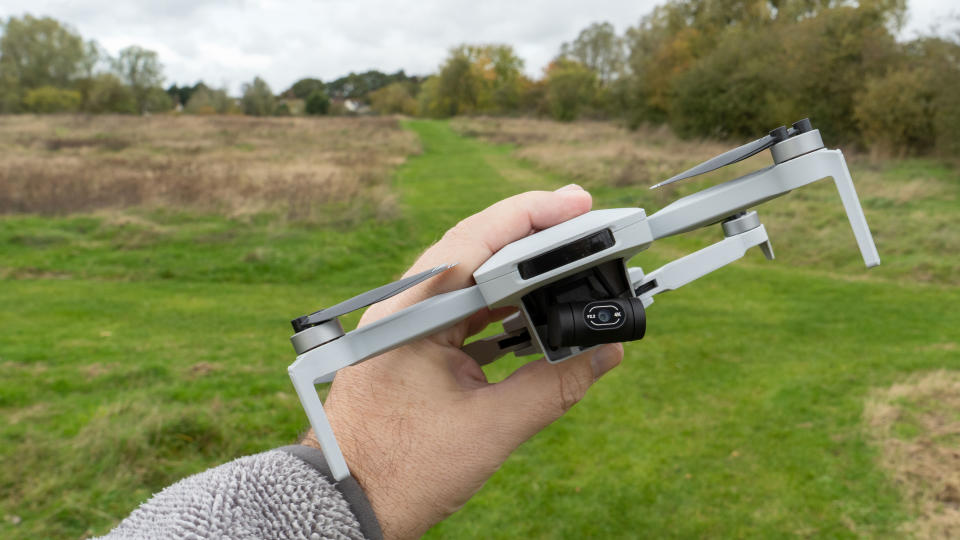
Potensic Atom: Build and Handling
Initial impressions of the build are extremely good and (spoiler alert) that does not go away. This drone seems to be made of the same kind of lightweight but tough scratch plastic (and pretty much the same color) as I've grown used to in DJI drones in this category. The folding legs (though they have to be done in sequence) tuck in perfectly and are sprung at just the right weight to be reassuring and not unnerving.
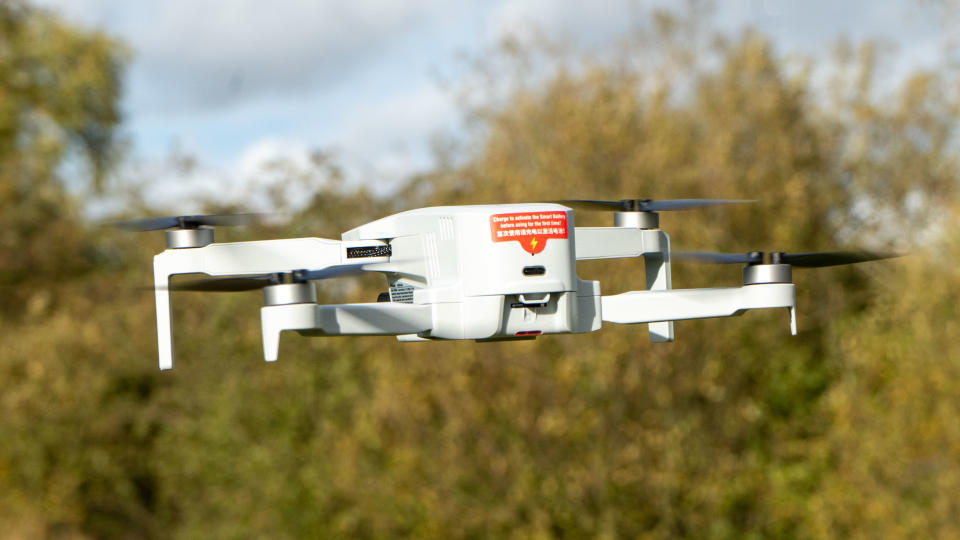
Charging the batteries can be achieved without an adapter since each battery has a USB-C socket in the back; beneath it (and only easily accessible to fingers when the battery is out) is the MicroSD card slot onto which video and images are stored.
Although the range has been extended to 6km (from 4km on the Atom SE), the controller's physical design remains unchanged. It stretches to accommodate your phone (and had no issue with my iPhone 15 Pro Max in its case). This may look a little asymmetrical, but is very easy to set up and comfortable to hold – perhaps better than the leading brand's approach. At the base is a USB-C socket used for charging and connecting your phone when you're out flying (there is a channel for the cable).
This means everything is as quick and dependable as a DJI or Autel drone, no laggy Wi-Fi weirdness here. There are also storage bays underneath for the thumbsticks. (Don't forget your cable though, as I did on one test! I did try using a USB-C to USB-C cable as a substitute to the one from the box and my phone wasn't recognised. I could still fly, however, and activate the camera with the shoulder buttons which is pretty neat.)
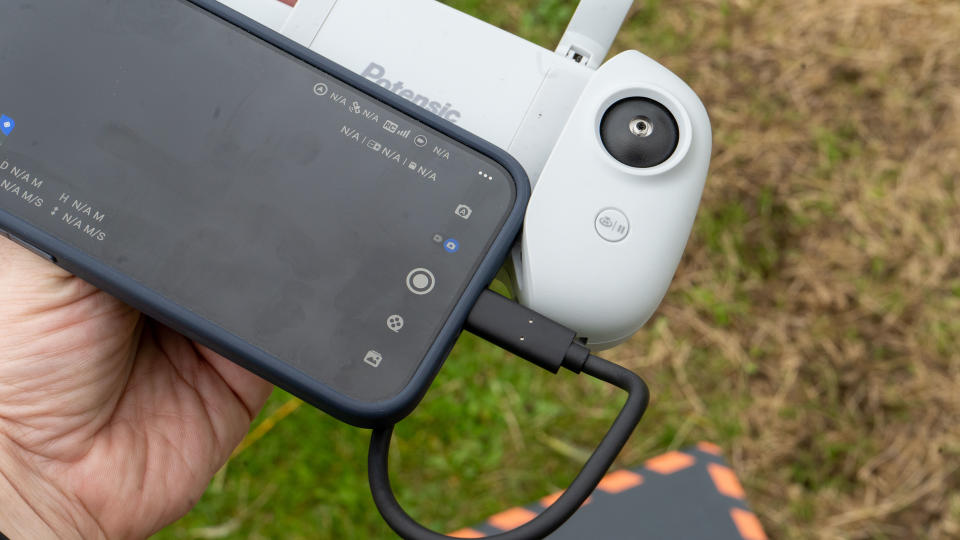
The software, as on the sister Atom SE, is more than reminiscent of the market leader's tool, which is hardly a complaint. Features like the intelligent modes have both icons and labels which is handy, and the system monitors battery cycles and other data like any other serious drone.
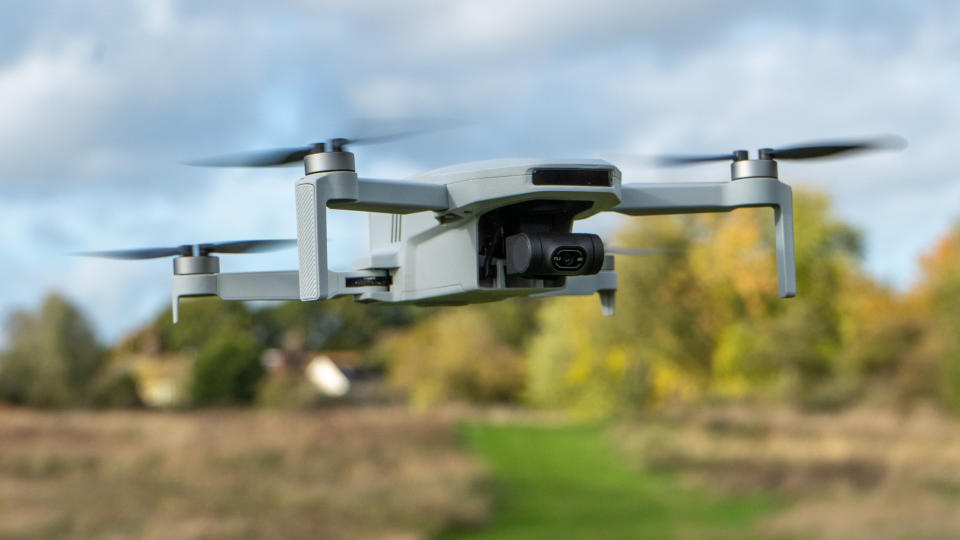
Potensic Atom: Performance
Because Potensic has put its name to a wide selection of drones, including some very small 'toy' devices, I might not have expected much. Having already flow the Atom SE, however, I was confident that this was a serious product and I was not disappointed. Unlike a lot of low-cost drones, it is possible to take off without ploughing through an untidy tutorial and doing the 'drone dance' calibration sequence after each power-up (but it is still recommended).
Flight is utterly reassuring for a drone of this size – the GPS and other sensors see to it that the drone can cope with level 5 wind in theory (and we suspect a little more in practice). I tested it on a gusty day and the battery didn't manage the advertised 32 minutes (they never do) but it showed no sign of drifting away.
The boosted range doesn't come into play a lot at legal testing ranges, but video transmission using the PixSync 3.0 system was stable during my tests.
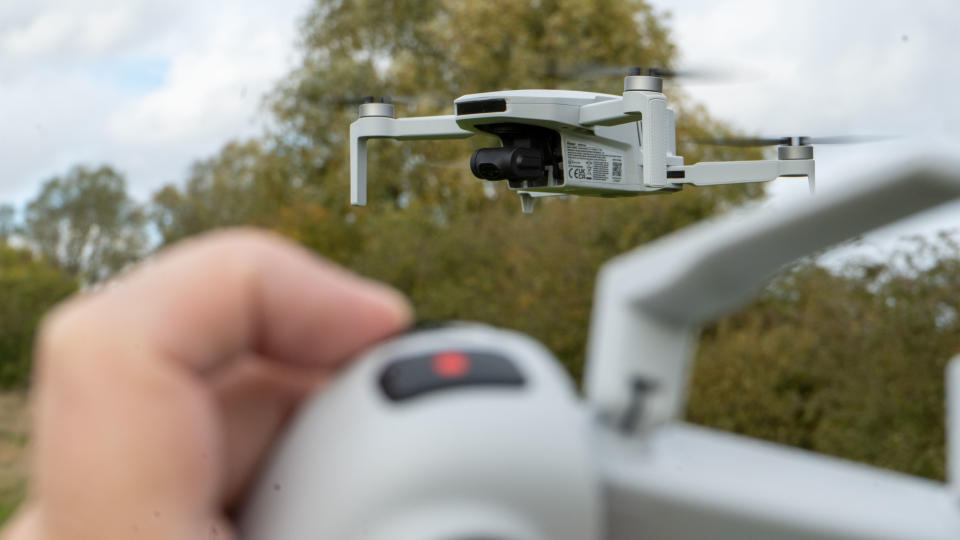
Potensic Atom: Camera performance
When we're talking about camera performance on a drone, it is inextricably linked to the quality of the stabilization. For the Atom SE that was digital, and better than equivalent systems, but limited. This time the gimbal does a decent job. As a nice plus, compared to other cheaper drones, the tilt mechanism (which allows you to tip the camera on the y axis from -90˚, straight down, to +20˚) is pleasingly smooth.
It isn't perfect, however. There is a 78-degree field of view, which feels a bit narrower than the 83-degrees of a Mini 2 SE, for example, though not too much. The camera does have raw (a boon at this budget) but lacks autofocus, so the 1/3-inch image sensor might never be as sharp as we'd like (you'll spot this most when you have subjects at different distances). The aperture is a fixed f/2.2.
Video capture can be 4K at 30fps – beating DJI's cheaper Mini 2 SE, which is limited to 2.7K. There is also the option of 60fps at 1080P, saved in H.264.
So far as I can see there is no option to add ND filters, however – the camera mount is very compact unlike modern DJI models which tend to allow for filter attachments.
Potensic Atom: Camera Samples
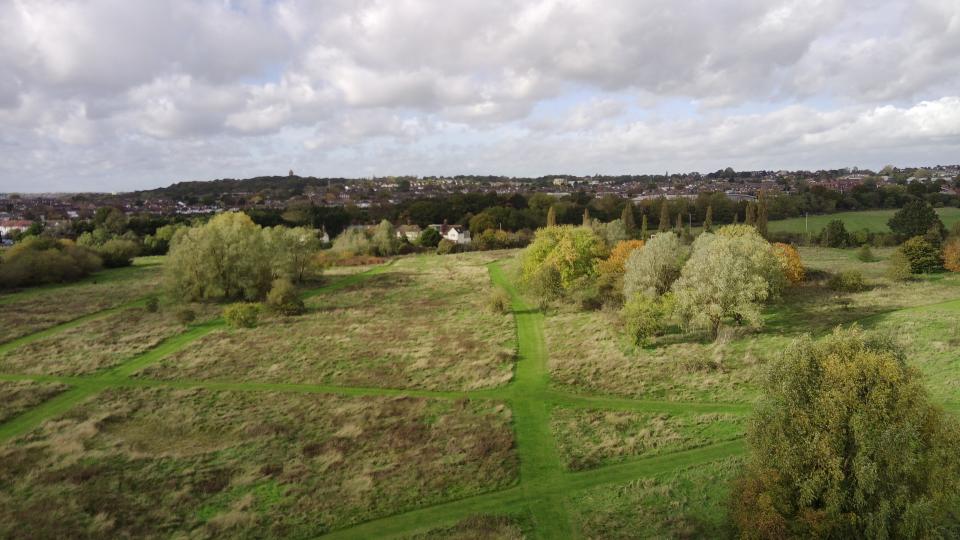
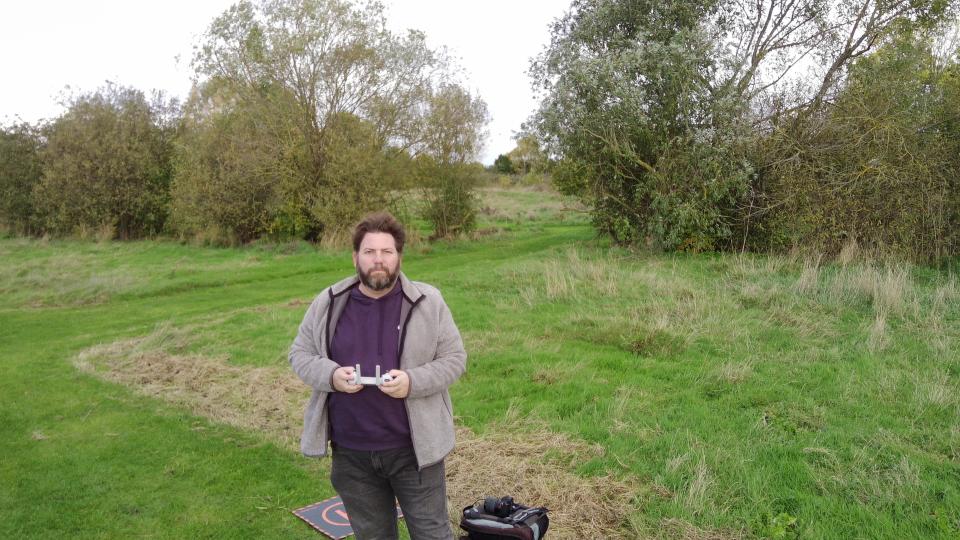

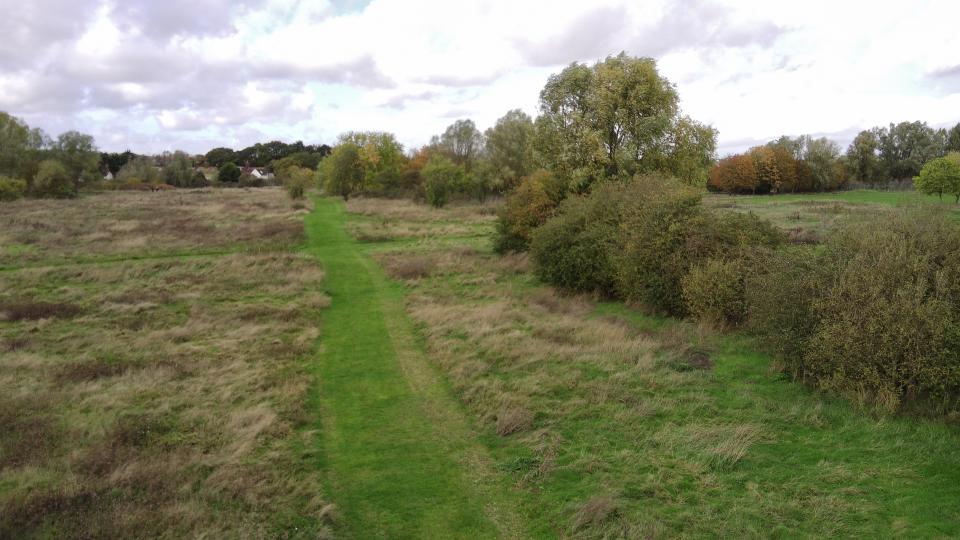
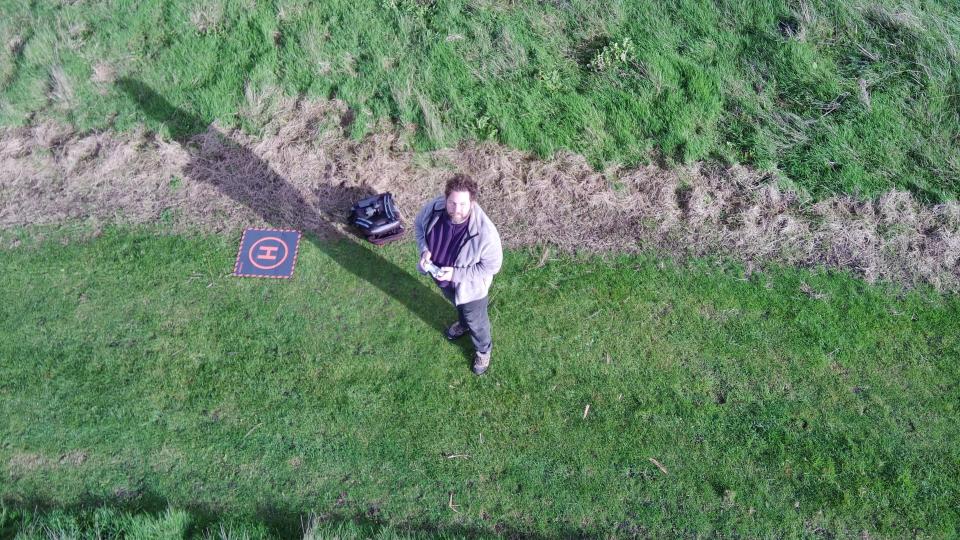
Potensic Atom: Video Sample
If you'll forgive me for the brevity, my first outing here reveals a smooth gimbal and a decent auto mode on the camera. As with plenty of drones, I did find that tipping the camera so only the top 10% of the image was sky tended to lead the auto exposure aiming a bit high, but this is forgivable.
Potensic Atom: Overall Verdict
The Potensic Atom jumps into the middle of a market which used to belong, almost entirely, to DJI and in so doing makes choosing a good bit harder. There are now a lot of reasons to opt for this drone instead of either the less fully-featured DJI Mini 2 SE 2 or the significantly pricier DJI Mini 3.
The fact you can pick up a three-battery bundle, with bag, of the Atom for less than the price of the Mini 3 means that, after years of buying and recommending DJI, I find myself leaning toward this as a beginner's drone. Or, more realistically, the only drone most people will need. I only tested the 1 battery pack, which is even cheaper, but the bag and charger are the same as in the Atom SE kit which I did test before.
My only reservation would be that serious users won't find everything they need here simply because there is no way to attach a filter. On the plus side the ability to use the camera's manual settings, plus save raw files, should offer a lot for enthusiast photographers looking to explore the photographic possibilities of the sky.
The app also has higher-end features, like waypoints, which aren't found (or aren't well implemented) in cheap drones, giving this a real depth which should make it worth exploring for many. If I didn't already own a Mini 3 Pro, given tightening budgets, I'd be looking very hard at this.
✅ Buy this if...
You want a budget drone with good features
You don't want to have to register your drone
You want manual camera controls and raw
🚫 Don't buy this if...
You want to attach filters to the camera lens
You want obstacle avoidance technology
You need size and power to work in heavy winds
You might also like...

Although it lacks 4K, the market leader's entry-level drone, the DJI Mini 2 SE, is arguably the standard Potensic was aiming at with the Atom. It is an excellent piece of engineering with elegantly designed software and great range.View Deal
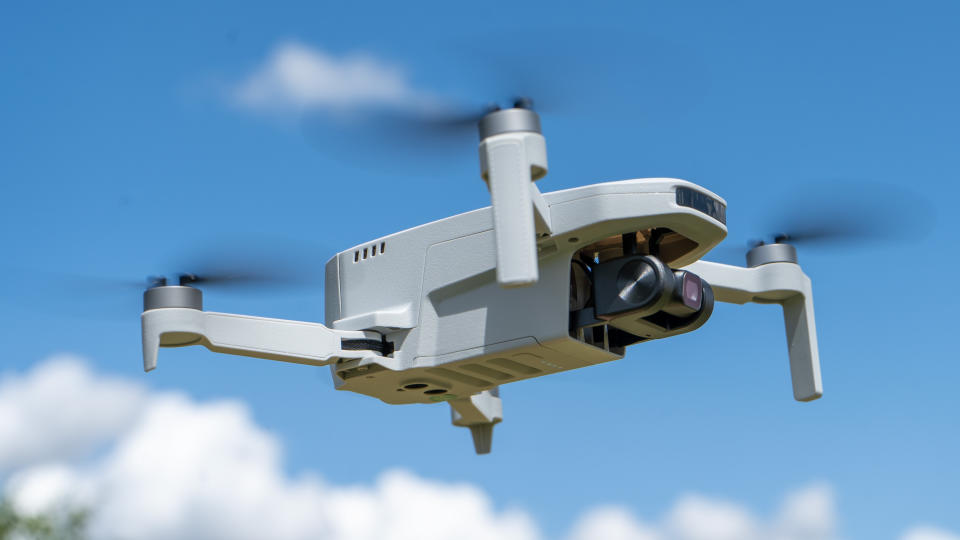
The Potensic Atom SE offers a lot of the same features as the Atom, except for the 3-axis gimbal. If you're looking to save few more pennies, but still want a good-quality drone with GPS, this is well worth a look.View Deal
If you're thinking of someone else, we have a guide of the best drones for kids, and another of the best camera drones. There are also some very interesting choices in our best drones for beginners guide (especially if you have the cash for collision prevention).

